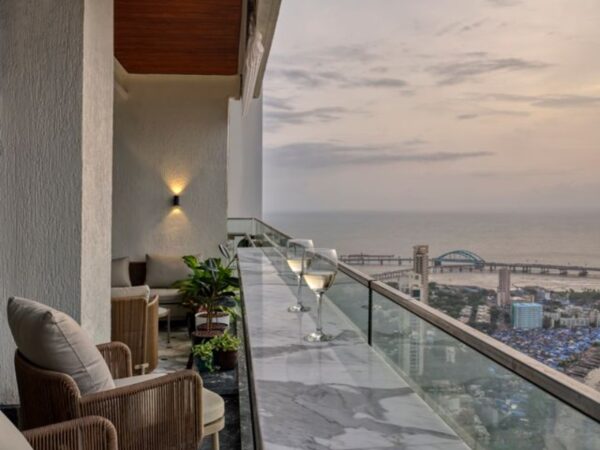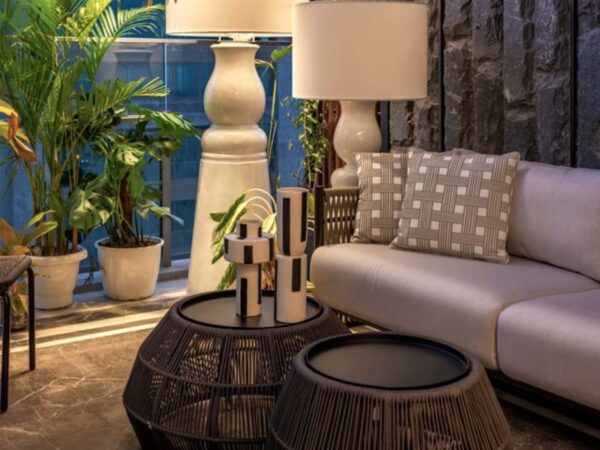Rethinking Indoor-Outdoor Boundaries in Compact Urban Homes
Meta Description: Discover how interior design transforms compact urban homes by creating seamless indoor-outdoor transitions that enhance light, space, and livability.
In cities like Mumbai, where compact living has become the norm and space itself is a privilege, the design of urban homes has long been approached with a sense of constraint. Yet within this constraint lies opportunity — the chance to rethink how every square foot can serve more than one purpose.
Balconies, terraces, and even window edges can no longer be seen only as peripheral spaces. They are extensions of how we live; dynamic, sensory zones that bridge the inside and the out. Our homes today need to reimagine the connection between indoors and outdoors to enhance user comfort. Blurring this boundary isn’t about luxury; it’s about creating flow and continuity.

From there, the story serves as a compass. This is why branding in hospitality can’t be reduced to a logo or brochure; it comes alive through the interior details that shape a guest’s experience. Every proportion, material, and piece of art contributes to how the brand is perceived.
Interior design in compact urban homes plays a vital role in shaping this balance. When the design narrative extends beyond walls and windows, considering elements like balconies and terraces as intrinsic to the spatial story, it begins to craft a living experience that feels cohesive, connected, and expansive.
How does thoughtful design achieve this integration? Let’s explore.
Design Strategies That Shape Seamless Transitions
Spatial planning here plays a key role in establishing a connection between the inside and outside. Aligning sightlines and using flexible partitions can make these outdoor edges feel like a natural extension of the living space. Even with a small balcony, the space can feel expansive when it’s in conversation with the interiors, whether through an open layout that allows light to travel deeper into the space or through the thoughtful positioning of furniture that visually extends the interior plan.
Materials play a huge role in unifying interiors and exteriors. Using similar tones, textures, or finishes throughout your interiors and balcony creates visual harmony. For example, continuing similar flooring materials outdoors or using a specific detail across both zones can make the transition feel purposeful rather than abrupt, dissolving the boundary between them.

Biophilic elements can help deepen this sense of connection. Rather than simply adding greenery, it’s about integrating natural cues throughout the space. A planter ledge along a window, a vine extending from a balcony wall into the interiors, or even planters added indoors within glass enclosures as partitions blur the line where the outdoors truly begins.

Narrow terraces can also hold meaning when designed meaningfully. They can become quiet morning corners, reading nooks, or extensions of dining and living zones. Built-in or multifunctional furniture pieces keep these spaces adaptable and purposeful without adding visual clutter.
In dense urban settings like Mumbai, where every square foot is precious, designing for seamless indoor-outdoor flow isn’t about luxury, but livability. By reimagining balconies, terraces, and thresholds, designers can create homes that are lighter, airier, and more responsive to modern urban life.
When boundaries fade, homes begin to feel freer, and life more fluid.




